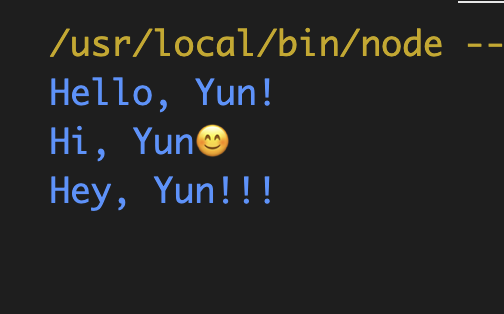[Musing]
今天发生了一个小插曲,我有 5 件一样的短袖,突然有一件摸上去手感变得有些生硬,我想🤔了想原因,发现是我国庆住外面,把这件衣服放在太阳下晒了,这还真给我上了一课.我顺便又看了看很多有关材料方面的知识,输出一下巩固记忆
我的个人夏天的衣物需求是:透气,吸汗,凉感,尺寸合适
我有点选择狂,理工男买东西就喜欢横向对比,sku 一多就晕,最近发现蕉下这个品牌很不错,SKU 清晰,定位户外运动,然后很多细节都超棒,比如他的这个衣服标签可以简单的撕掉,logo 也没有特别的跳色,跟衣物基本融为一体,上身的凉感很到位,很像丝绸的感觉
🧵 锦纶 vs 涤纶 对比表
| 特性 | 锦纶(Nylon) | 涤纶(Polyester) |
|---|---|---|
| 通俗定义 | 尼龙拉成丝(聚酰胺纤维) | 可乐瓶(PET 塑料)拉成丝(聚酯纤维) |
| 主要特性 | 吸湿性较强、耐磨度极高、手感柔软、但不抗晒、快干速度中等 | 吸湿性极弱、抗晒性强、略硬挺、快干能力极佳 |
| 触感体验 | 柔滑、贴肤、有“冰感”,穿着舒适但易发黄 | 干爽、挺括,稍硬,轻盈不贴身 |
| 典型应用 | 登山裤、冲锋衣、风衣、背包布料 | 快干衣、运动外套、防晒服、帐篷布、睡袋外层 |
| 使用建议 / 场景 | 穿着体感更舒服,因为有冰凉感,丝绸感,适合户外裤、工装裤、防风衣;避免长时间暴晒,可烘干但易老化 | 适合运动服、防晒衣、T 恤;耐晒、轻薄、速干、好打理 |
我觉得主要差别就在穿着体会上,锦纶的体感更舒服,但是不防晒是个问题,容易老化.非贴身衣物其实涤纶的优势就更好了,因为吸水性极差,更适合做防水外层的衣物.总结就是锦纶适合贴身,涤纶适合外套
好了今天 topic 是手写 deepclone,肘起…好的写了半天的 deepclone 感觉没啥意思,主要是分清不同数据类型,然后挨个做处理,今天的话题就改成 call/apply 和 bind 的作用还有关系
在日常的开发中其实不常去使用这三个函数,主要的话在看这几个方法调用的过程中,理解下 this 和一些 ts 的语法关系依赖
先用表格来展示基本概念:
| 函数名 | 功能 | 是否立即执行 | 参数传递 |
|---|---|---|---|
| call | 调用函数,并指定 this 指针 | 是 ✅ | a,b,c,d… |
| apply | 调用函数,并指定 this 指针 | 是 ✅ | [a,b,c,d,…] |
| bind | 创建新函数,this 指针被永久绑定 | 否 ❌ | a,b,c,d… |
1 | function greet(greeting, punctuation) { |
Output:
总结:
- call/apply:临时借用 this(立即用完就释放)
- bind:提前固定 this(永久绑定,延迟使用)